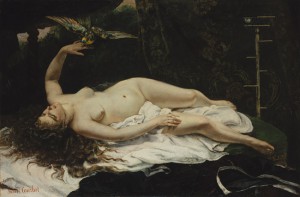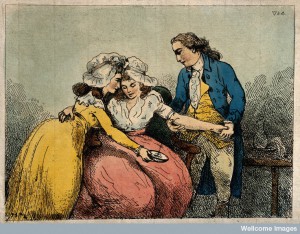I was surprised to see the word appropriation used in a positive manner. So often I hear people sling accusations of “cultural appropriation” as a cardinal sin. The argument against cultural appropriation is that (white) people steal and colonize cultures that they don’t understand, using it as they see fit and dropping it as soon as it no longer suits them in a disrespectful manner. Here, however, the artist is taking pre-existant images, altering and combining them to give them new meaning. it is done with consciousness and sensitivity. I wonder if that would mean that cultural appropriation is okay if it is done in the same manner. I wonder where the line is between appropriation and exchange.
Seeing the images I wondered where all of them came from. Clearly not all of them were the polygenesis images. Based on the clothes some were from at least the 1920’s.
I think that the change is color, even with out the text bring the images into a new light. The red looks angry and hurt, like a swollen bruise to me. I think it’s great that these images, many of which I am sure were taken in an exploitative manner can now be used as a source of empowerment.





